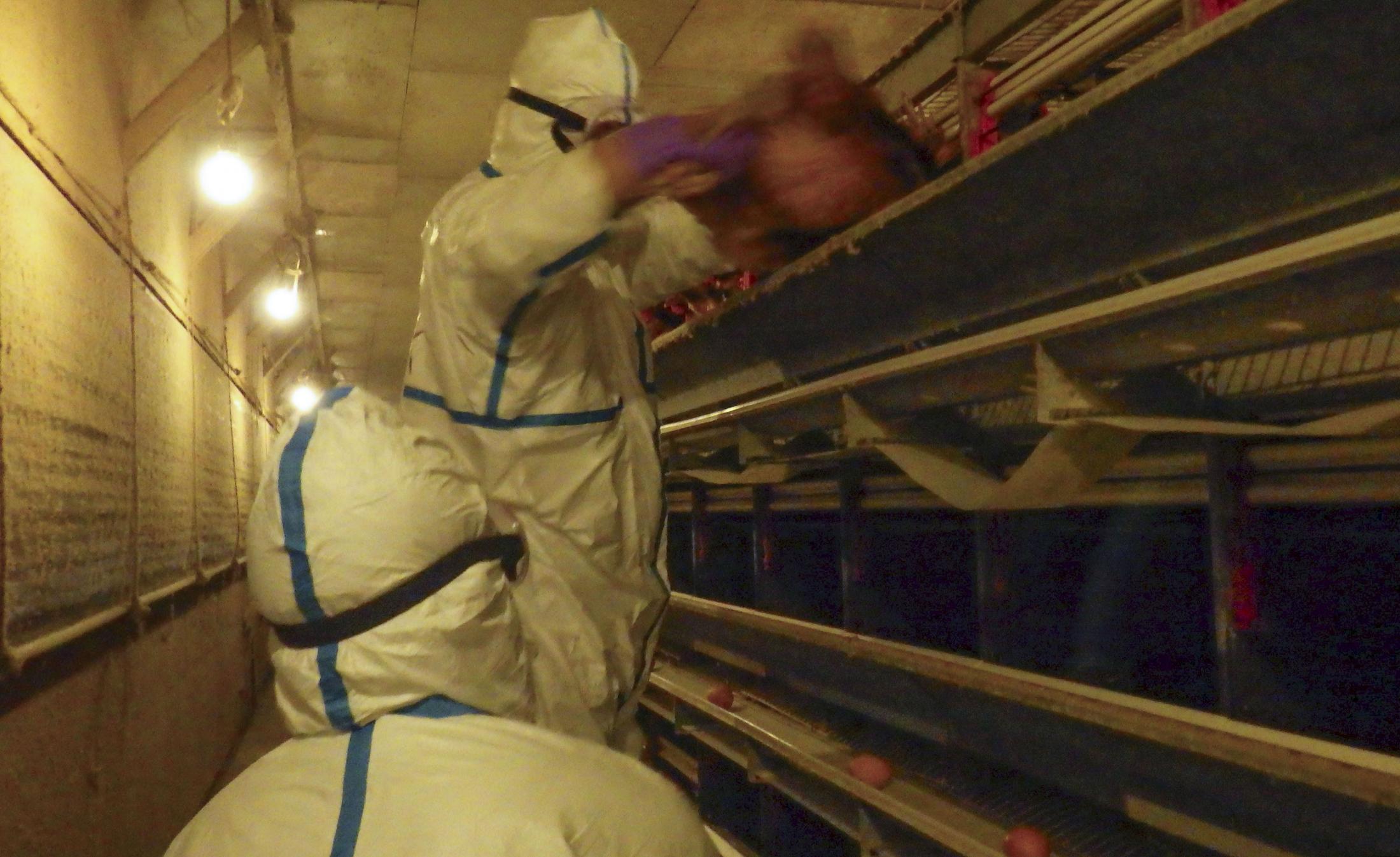
By Will Dunham
WASHINGTON (Reuters) -Scientists have detected some of the oldest signs of life on Earth using a new method that recognizes chemical fingerprints of living organisms in ancient rocks, an approach that also holds promise in the search for life beyond our planet.
The researchers found evidence of microbial life in rocks about 3.3 billion years old from South Africa, when Earth was roughly a quarter its current age. They also found molecular traces left by microbes that engaged in oxygen-producing photosynthesis - conversion of sunlight into energy - in rocks about 2.5 billion years old from South Africa.
The scientists developed an approach, harnessing machine learning, to distinguish in ancient rocks between organic molecules with a biological origin - like from microbes, plants and animals - and organic molecules with a nonliving origin at greater than 90% accuracy. The method was designed to discern chemical patterns unique to biology.
"The remarkable finding is that we can tease out whispers of ancient life from highly degraded molecules," said Robert Hazen, a mineralogist and astrobiologist at the Carnegie Institution for Science in Washington and co-lead author of the study published this week in the journal Proceedings of the National Academy of Sciences. "This is a paradigm shift in the way we look for ancient life."
"We collect and concentrate carbon-rich molecules, analyze them in a way that identifies thousands of tiny molecular fragments, and then look at their distributions with machine learning. The human eye just sees hundreds or thousands of little 'peaks' of different molecules, but the machine learning method teases out subtle patterns that distinguish molecules that were once alive from those that were not," Hazen said.
Scientists hunting for evidence of Earth's earliest life have relied primarily on finding fossil organisms. Earth formed approximately 4.5 billion years ago. Its first living organisms may have been microbes that arose perhaps hundreds of millions of years later at marine hydrothermal vents or terrestrial hot springs.
The oldest definitive fossils of living organisms are mound-like microbial deposits called stromatolites about 3.5 billion years old in Australia and microbial mat structures of similar age in South Africa. But such fossils are exceptionally scarce.
Another way to find evidence of early life is to look for traces of biomolecules - chemicals related to living organisms - in ancient rocks. The new approach takes that path.
For instance, the researchers discovered organic molecular evidence that oxygen-producing photosynthesis, which over time oxygenated the planet's atmosphere and enabled the evolution of complex aerobic life, was underway by marine bacteria more than 800 million years earlier than previously documented by this type of data.
"It was well known from other evidence that Earth became oxygenated by 2.5 billion years ago and maybe even a little earlier. So we have provided the first convincing fossil organic molecular evidence, with the prospect of pushing the record even farther back," Hazen said.
All of the ancient biomolecules, like sugars or lipids such as fats, are gone and fragmented into little pieces with only a handful of carbon atoms. Yet the distribution of those fragments is remarkably different for suites of organic molecules in life versus nonlife.
"First, we've roughly doubled the age at which we can identify signs of life using organic molecules, from 1.6 billion to 3.3 billion years," said study co-lead author Anirudh Prabhu, a Carnegie Institution for Science mineralogist, astrobiologist and data scientist.
"Second, this biosignature technique can distinguish not just life from nonlife but different kinds of life, such as photosynthetic organisms. Third, our paper shows how machine learning can identify the fingerprints of life in ancient rocks, even when all original biomolecules are degraded," Prabhu said.
NASA rovers have collected rock samples on Mars in a quest to learn whether Earth's planetary neighbor ever harbored life. Other destinations in our solar system also hold potential in the search for life, including Saturn's moons Enceladus and Titan and Jupiter's moon Europa.
The researchers have received a NASA grant to develop their approach for identifying evidence of life.
"One key application area for our project is astrobiology," Prabhu said.
Hazen said, "We are very excited about the prospects of using this method on samples from Mars, ideally those returned to Earth but possibly on a future rover mission. We are also thinking about ways to sample the organic-rich plumes of Enceladus or the surface of Titan or Europa."
(Reporting by Will Dunham; Editing by Daniel Wallis)
LATEST POSTS
- 1
 'The Golden Bachelor' Season 2 finale: How to watch tonight, start time, where to stream and more
'The Golden Bachelor' Season 2 finale: How to watch tonight, start time, where to stream and more - 2
 Vote in favor of the field action that revives your psyche and soul!
Vote in favor of the field action that revives your psyche and soul! - 3
 マエケン 日本で争奪戦!巨人、ヤクルトなどが調査 11年ぶり日本復帰の決意表明(スポニチアネックス)
マエケン 日本で争奪戦!巨人、ヤクルトなどが調査 11年ぶり日本復帰の決意表明(スポニチアネックス) - 4
 赤字2000億円超の日産、「三重苦」で再建は不透明…販売不振・トランプ関税・半導体不足(読売新聞オンライン)
赤字2000億円超の日産、「三重苦」で再建は不透明…販売不振・トランプ関税・半導体不足(読売新聞オンライン) - 5
 自宅のコンセント足りてる? 不満7割に、最大手が増やそうと新方針(朝日新聞)
自宅のコンセント足りてる? 不満7割に、最大手が増やそうと新方針(朝日新聞)
 Putting resources into Yourself: Self-awareness Techniques
Putting resources into Yourself: Self-awareness Techniques 【独自】鳥インフル防疫で心身不調訴え 20県で職員相談、休職や骨折(共同通信)
【独自】鳥インフル防疫で心身不調訴え 20県で職員相談、休職や骨折(共同通信) What is the Significant Tech Expertise to Master Today?
What is the Significant Tech Expertise to Master Today? Family Getaway destinations
Family Getaway destinations Find the Keys to Fruitful Venture The board: Conveying Results on Time
Find the Keys to Fruitful Venture The board: Conveying Results on Time 阪神 近本光司は球団史上最長タイの5年契約総額25億円 フロントが示した最大限の誠意 過去に大山悠輔、鳥谷敬ら3人(デイリースポーツ)
阪神 近本光司は球団史上最長タイの5年契約総額25億円 フロントが示した最大限の誠意 過去に大山悠輔、鳥谷敬ら3人(デイリースポーツ) Famous Rough terrain Vehicles for 2024
Famous Rough terrain Vehicles for 2024 Pilot captures jaw-dropping northern lights show from 36,000 feet (photos)
Pilot captures jaw-dropping northern lights show from 36,000 feet (photos) Key Training: Picking a Significant for Monetary Achievement
Key Training: Picking a Significant for Monetary Achievement













